 Pacific Islands couldn’t provide local people with decent materials that could be used to make clothes: wool, cotton, silk, linen, etc. But the power of imagination helped them to make outfits out of tree bark. The locals learned to manufacture the tapa cloth, decorate it, and sew garments from it. Though, such barkcloth has a very considerable drawback, which has let cotton replace it and even force it out almost completely.
Pacific Islands couldn’t provide local people with decent materials that could be used to make clothes: wool, cotton, silk, linen, etc. But the power of imagination helped them to make outfits out of tree bark. The locals learned to manufacture the tapa cloth, decorate it, and sew garments from it. Though, such barkcloth has a very considerable drawback, which has let cotton replace it and even force it out almost completely.
The tapa cloth is a barkcloth, fabric made from the tree bark. It is traditionally made and used in the islands of the Pacific Ocean: Tonga, Fiji, Samoa, New Zealand, Niue, Solomon Islands, Cook Islands, Futuna, Vanuatu, Java, Papua New Guinea, and even Hawaii (Hawaiian traditional kapa cloth).
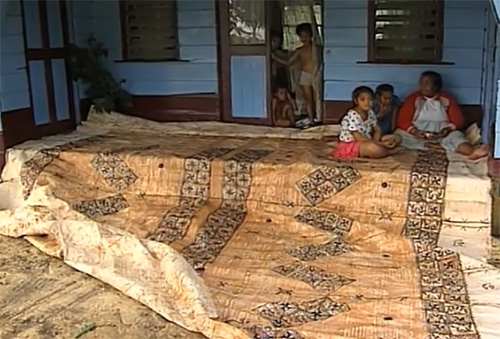
The tapa cloth can be plain and simple but it is often embellished with different patterns. The patterns are applied to tapa by rubbing, dyeing, stamping, stenciling, or smoking. The color of the fabric and its decorations is typically brown, beige, or black.
Tapa cloth making
The constant tap, tap, tap of the tapa mallet rings out in every village at any hour of the day. Mothers, daughters, and granddaughters all take part. With a skill that comes from years of practice.
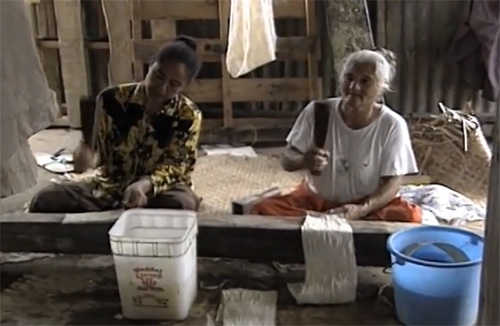
Women are beating the cloth with wooden mallets
The inner bark of the paper mulberry tree provides the fabric for the traditional cloth that can still be seen in most homes. It is stripped from a 3-inch diameter stalk and soaked in water, then pounded thinly and evenly with a traditional 4-sided mallet.
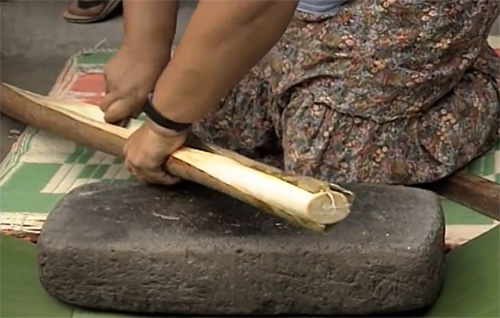
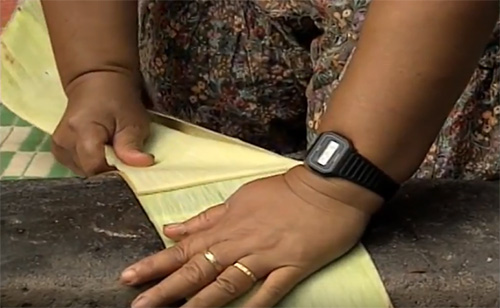
Harvesting tree bark for tapa cloth
When enough of the single sheets are ready, they are glued together with arrowroot or tapioca into a completed cloth that may attain a length of 25 meters.
Natural dyes are rubbed over the relief patterns to transfer the designs. Originally, the patterns and designs were family crests and symbols but today, they're freely interpreted by the artists.
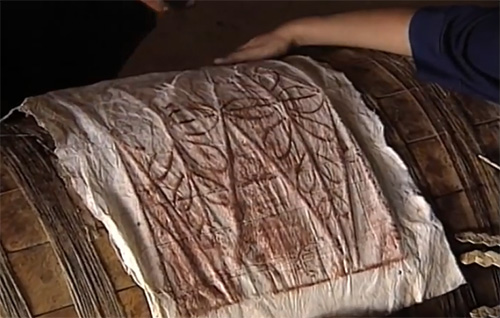
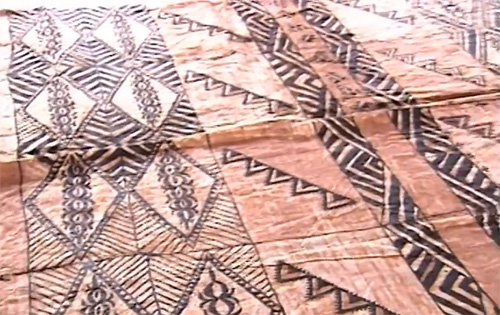
Natural dyes are rubbed over the relief patterns to transfer the designs
When the pattern is dry, the decorative outlines are highlighted by hand with a natural brush made from the fruit of the pandanus tree.
Usage of tapa
Centuries before, in the Pacific Islands, tapa cloth was among few materials used for the clothes making. But this barkcloth isn’t durable enough – it is ruined when it gets wet. So, after cotton spread out, tapa lost its popularity. Though, it is still used for ceremonial purposes, but not as an everyday clothing.
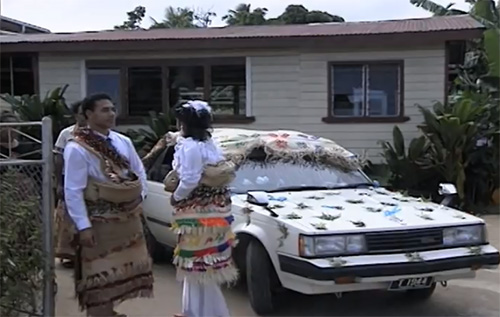
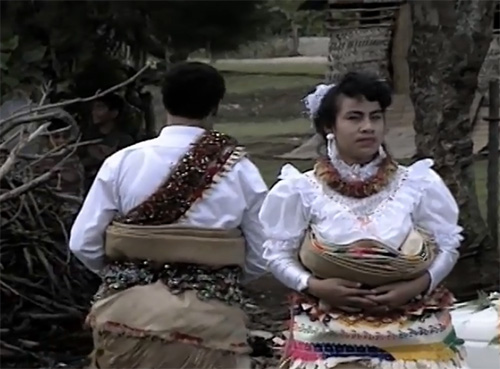
Tongan groom and bride also use tapa in their wedding attire
Tongan families once measured their wealth with the amount of tapa cloths and mats they could produce. These cloths are still the gift to give at births, deaths, or marriages. Some newlyweds might display their wedding gifts all the way to their new home – they attach the tapa cloths to the roof of their car on the way home.
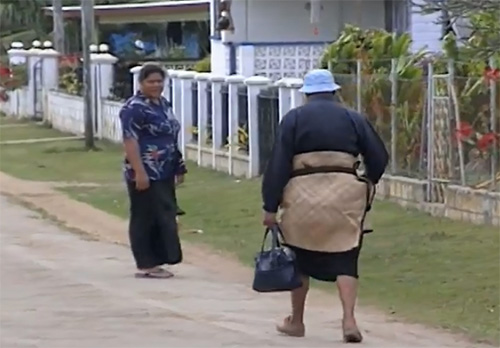

Tongan women in traditional mat skirts
The woven mat skirts, worn here by the bridal couple and the guests, are another traditional craft. The mats are worn on formal occasions and whenever a Tongan wishes to show respect. The older the mat, the more highly prized.
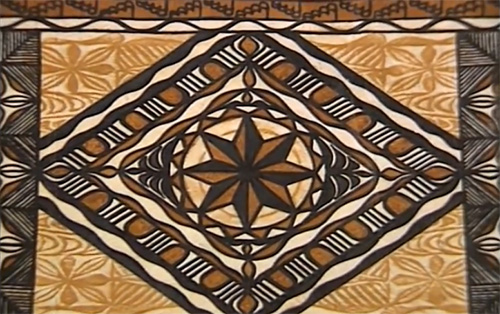
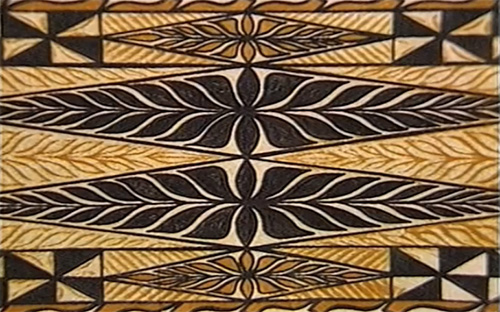
(c)


